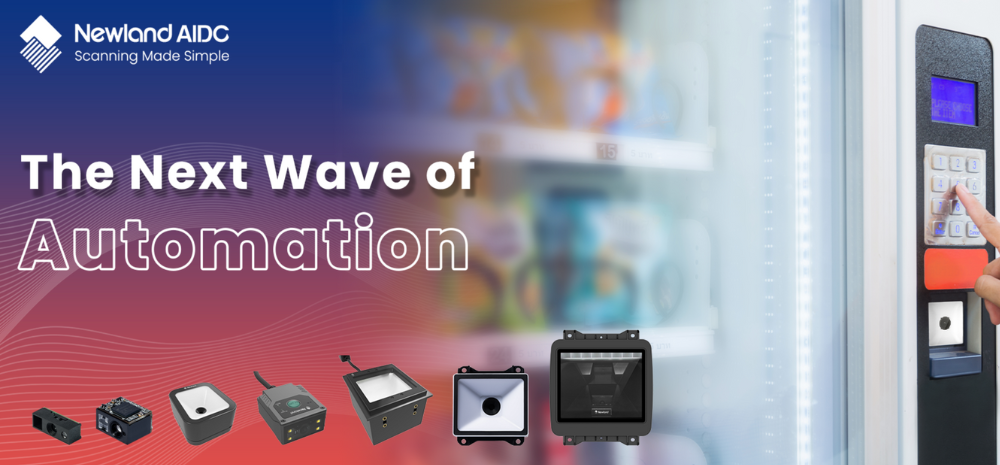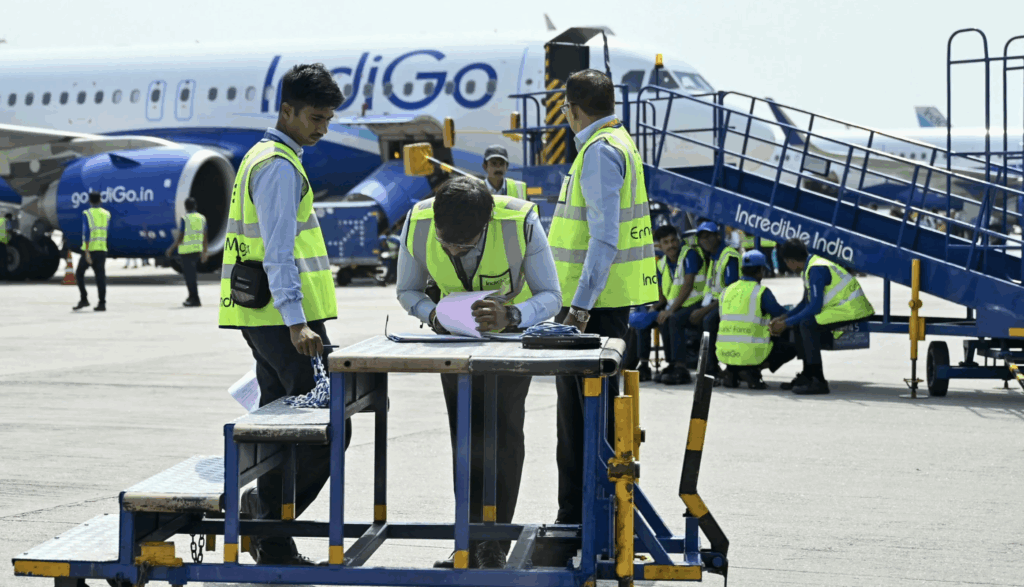This is a Guest Post by Mr. JP Mishra, Country Manager India- Newland AIDC
As innovative automation and artificial intelligence continue to advance, there is growing concern about how these technologies will impact the workforce efficiency and improve real-time accuracy. Automation has made a significant impact on the workforce, both positive and negative.

As per a recent BCG study, “By standardizing and optimizing their workforce management procedures, companies can increase workers’ availability in the field by 50% and reduce by 25% the time needed for routine jobs.”
On the one hand, automation has led to increased productivity, efficiency, improved quality and safety in many industries, allowing companies to produce more goods and services with fewer workforce and more importantly cutting down on labour cost, whilst Automation has also led to job losses in certain sectors, such as manufacturing and assembly line work. But again, Automation has also created new job opportunities in fields such as technology, data science, analytics, and robotics. Additionally, it has led to the development of new industries and businesses like Automatic Identification and Data capture, which is primarily driven by the latest automation, like use of AIDC tools like QR codes, RFID and Biometrics which further bolster the real-time accuracy levels and boost workforce efficiency.
The overall impact of automation is complex and varies by industry, job type, location. In general, jobs that involve repetitive tasks or can be easily replaced by machines are more at risk, while jobs that require human skills such as creativity, problem-solving, and social interaction are less likely to be automated.
Automation also creates as many jobs as it destroys over time. Workers who can work with machines are more productive than those without them; this reduces both the costs and prices of goods and services, and raise consumers living standards.
In the short term, the impact of automation may be low for workers of all education levels, but in the long run our estimates show that those with lower education levels could be much more vulnerable to being displaced by machines.
Government & Corporates need to work together to help people to adjust to these new technologies through retraining and career changes. A culture of adaptability & lifelong learning will be crucial for spreading the benefits of AI & robotics, especially with an ageing population. STEM skills will be important for workforce to take high technology jobs that will arise out of AI & automation.













